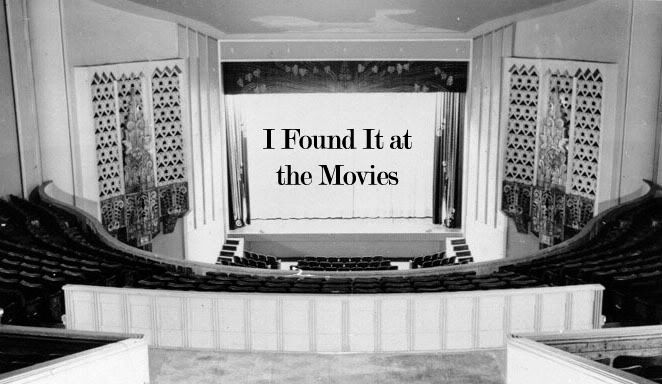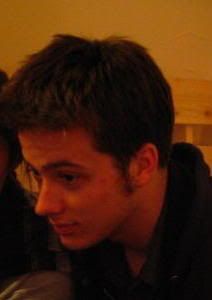(from November 2006.)
WHERE IS THE FRIEND'S HOUSE? (Abbas Kiarostami, 1987)
How wondrously Ahmad sees the world. It is not a pure world, it is not a safe world. But the world that Ahmad sees is one that continually holds new possibilities, ever shifting. The mania that fills him, the drive of purpose that consumes him, quietly and slowly breaks down as he continues to see. For that is Kiarostami’s magic: his camera becomes a shape-shifter, an eye that is and is constantly becoming. It never shies from what is, but that mode of existence will never be old, banal, or very permanent. If we cut from Ahmad, it is to see what he sees. The stillness of space–of Kiarostami’s refusal to shy away from blatant reality–becomes transcendent, fresh, beautiful. Time and space are beholden to how Ahmad sees them. Even a house that Ahmad has already seen earlier in his journey becomes new and alien in the darkness of night, with wind blowing all around. One of the most harrowing moments occurs when he walks aimlessly with the old doormaker, and the streets are filled with the illuminated windows that he crafted decades before. Space is wrenched from any previous context; could this be paradise? Ahmad may not be consiously aware of this phenomenon, but this transformation is internalized, as evidenced when he does Mohammed Reza’s homework for him. Kiarostami’s final stroke to the perfect completion of this (almost) inhuman act of selflessness is the flower, a flower that is in Mohammed Reza’s notebook and is a symbol of this state of transformation. It is the moment which takes the breath away in its strength and purity.
Subscribe to:
Post Comments (Atom)


No comments:
Post a Comment